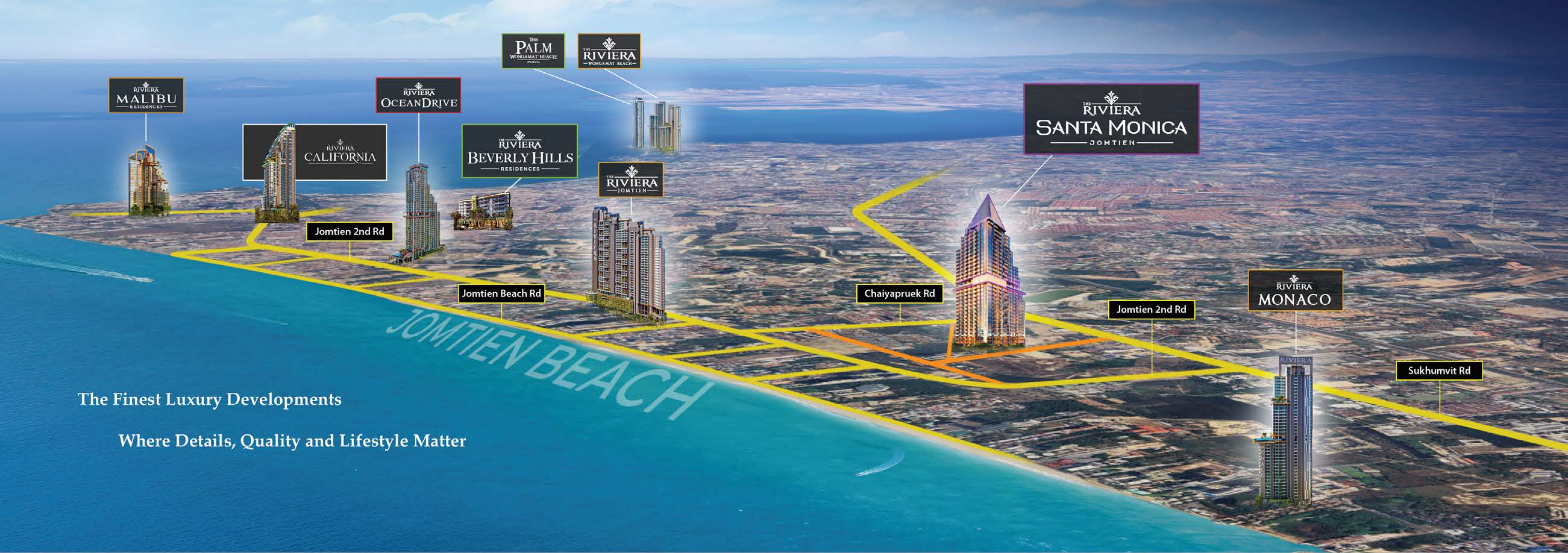What is the Difference Between High-Rise & Low-Rise Condominiums?
If you’re searching for a condo, you’ve probably come across terms like high-rise and low-rise. While both types offer unique lifestyles and benefits, understanding the key differences between them can help you choose the one that best fits your needs, preferences, and long-term goals. In this article, we’ll break down the main contrasts between high-rise and low-rise condominiums in terms of structure, location, amenities, costs, and lifestyle.

1. Structural Differences
-
High-Rise Condominiums
Typically defined as buildings with more than 7 to 10 stories, high-rise condos are often found in central business districts or densely populated urban areas. These towering buildings are equipped with elevators and multiple levels of shared amenities. -
Low-Rise Condominiums
Usually ranging from 1 to 6 stories, low-rise condos are more spread out and can resemble townhouses or apartment-style dwellings. These are commonly located in suburban neighborhoods or quieter residential zones.
2. Location & Surroundings
-
High-Rise
These condos are typically located in prime city areas, close to offices, public transport, restaurants, shopping malls, and entertainment hubs. They’re ideal for professionals and urban dwellers who value convenience and a fast-paced lifestyle. -
Low-Rise
Low-rise condos are often found in less crowded or greener areas, offering a more tranquil and residential environment. They’re great for families or retirees who seek peace and a community-oriented atmosphere.
3. Amenities and Features
-
High-Rise
Expect more extensive amenities, such as swimming pools, gyms, sky lounges, co-working spaces, concierge services, and 24/7 security. However, with more units per building, shared facilities can sometimes feel crowded. -
Low-Rise
While some low-rise condos also offer facilities, they’re usually more limited. However, residents may benefit from easier access and less congestion in shared spaces.
4. Privacy and Noise Levels
-
High-Rise
With more units and residents, noise and foot traffic may be higher, especially in common areas or corridors. Privacy can be more limited due to the building’s density. -
Low-Rise
Offering fewer units per building, low-rise condos tend to provide a quieter, more private living experience.
5. Views and Natural Light
-
High-Rise
Residents on upper floors enjoy panoramic city views, better airflow, and more sunlight, which can be a major attraction. -
Low-Rise
While views may be more limited, ground-level or garden units can offer direct access to outdoor space, like courtyards or green areas.
6. Cost Considerations
-
High-Rise
Generally, high-rise units come with higher price tags due to location, views, and luxurious amenities. Maintenance fees may also be higher because of more complex infrastructure and services. -
Low-Rise
Low-rise condos can be more affordable, both in purchase price and monthly maintenance. They’re often seen as good value for those prioritizing space and community over luxury.
7. Resale and Investment Potential
-
High-Rise
High-rise condos in city centers usually have strong rental demand and appreciation potential, especially in major urban markets. -
Low-Rise
While slightly less in demand from investors, low-rise condos are appealing to long-term homeowners and can offer steady resale value, particularly in desirable suburban communities.
Final Thoughts
Choosing between a high-rise and low-rise condominium depends on your lifestyle preferences, budget, and location priorities. If you’re drawn to vibrant city life with top-tier amenities, a high-rise may suit you best. If you value tranquility, space, and community, a low-rise might be the perfect fit.
Whichever you choose, our team at Nest Pattaya is here to guide you every step of the way. Contact us today to explore the best condo options for your dream lifestyle.
